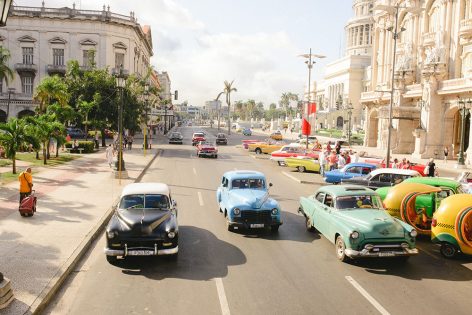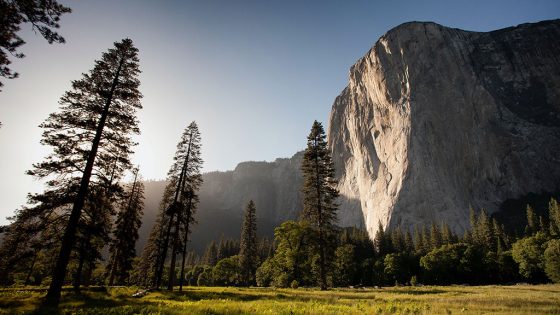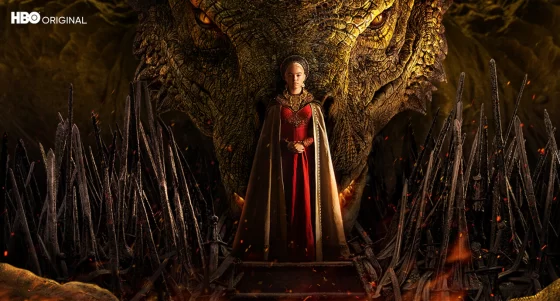Even in a country with the diversity of Vietnam, the spectacular seascape at Ha Long Bay can stun the most powerful into humility.
This UNESCO World Heritage site is in northeastern Vietnam’s Gulf of Tonkin, in Quang Ninh Province. The lush emerald and turquoise waters harbor over 1,600 mostly uninhabited—and thereby undisturbed—islands and islets, according to UNESCO.
In Vietnamese, Ha Long means “descending dragon.” Dragons play a prominent role in Vietnamese culture, and the most popular legend has it that one such creature and her children descended from heaven to defend the Viet people from invaders, spraying fire and emeralds or jade. She and her children then stayed on Earth.
The jewels eventually formed towering limestone formations, and over millennia, their protective crags and jagged edges evolved into the backdrop of green islands, towers, and water relished by visitors. A nearby bay, Bai Tu Long, refers to the children of the dragon.
“These legends strike a chord with Vietnamese beliefs and history in two ways,” says Hanh Tran, lecturer of South and Southeast Asian studies at the University of California, Berkeley. “First, the history of fighting against invaders. Second, the belief that Viet people are descended from a dragon father (Lac Long Quan) and a fairy mother (Au Co), and that there is a sacred, hidden power to support them in their war efforts.”
That’s not to reduce the charm of Ha Long Bay to the fanciful. From a scientific viewpoint, it’s remarkable as “a very evolved, very advanced, unusual looking karst landscape,” says Robert Brinkmann, professor of geology, environment, and sustainability at Hofstra University in New York. Most such formations are on land, such as in Florida or Puerto Rico, and not on the water.
“What’s unusual about the karst towers at Ha Long Bay is that such a beautiful place inspires not just geologists, but artists, science, and painters to come together to understand the landscape,” Brinkmann adds.






























Comments are closed.